South Georgia and the South Sandwich Islands – The isolated neighbors of the Antarctic
South Georgia and the South Sandwich Islands (SGSSI) are an inhospitable and remote group of islands in the southern Atlantic Ocean.
They were first discovered by Anthony de la Roché, a London merchant but Captain James Cook was the first one who actually landed on the island of South Georgia in 1775. South Georgia is 103 miles (165 km) long and 22 miles (35 km) wide, and it is by far the largest island in the territory. About 430 miles (700 kilometers) southeast of South Georgia lies the South Sandwich Islands.
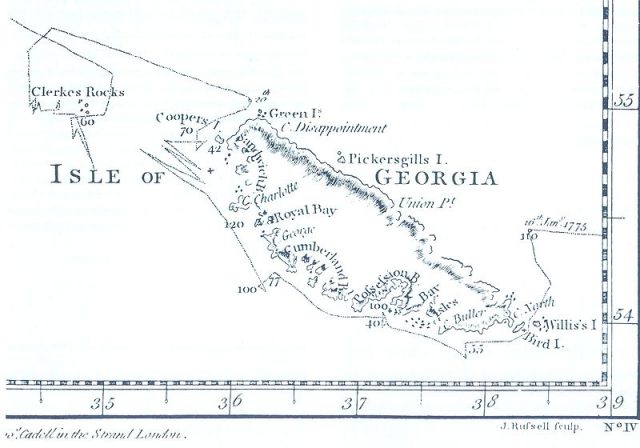
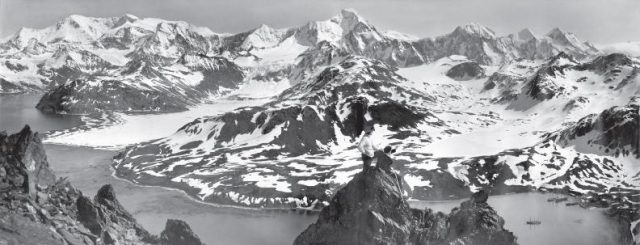
The islands are a British overseas territory, and except for some temporary inhabitants from the British Government such as Deputy Postmaster, Officer, scientists, and members of the British Antarctic Survey who maintain scientific bases at Bird Island and King Edward Point, the capital city, there is no permanent population on the islands.
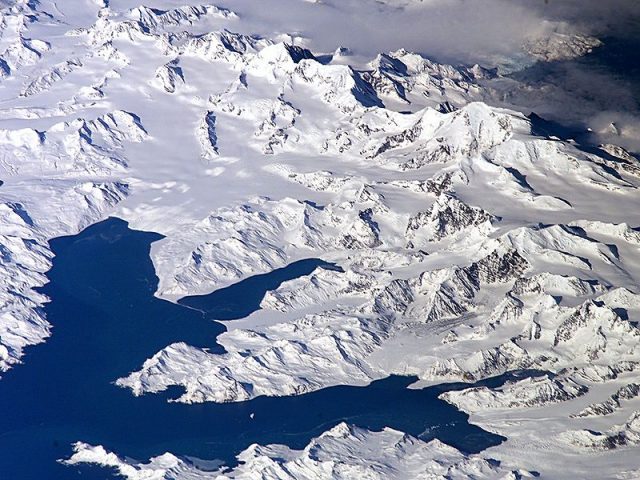
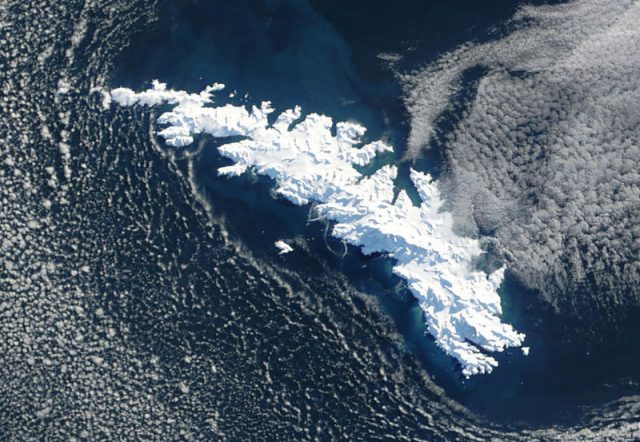
Oh, and there is also some museum staff at Grytviken. In 1775 the UK claimed sovereignty over the island of South Georgia, and in 1908, over the South Sandwich Islands. And in the early 1900’s Argentina also claimed sovereignty over the islands.
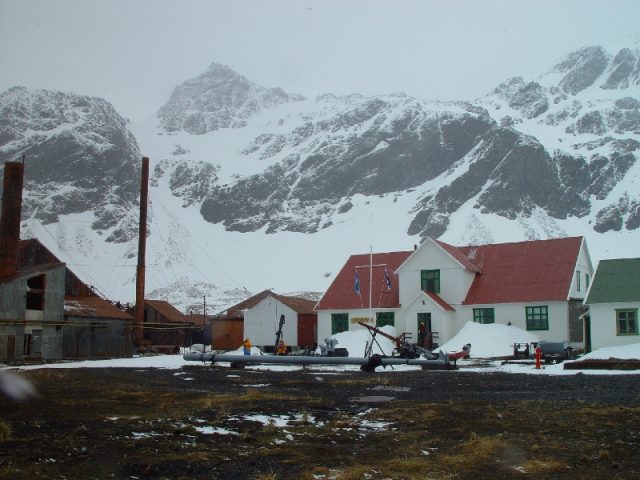
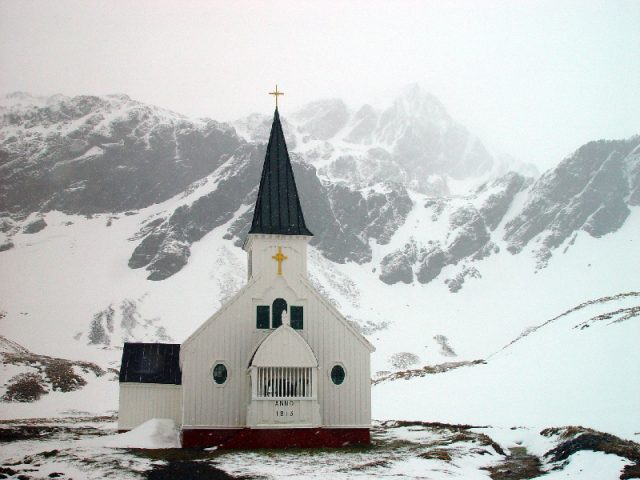
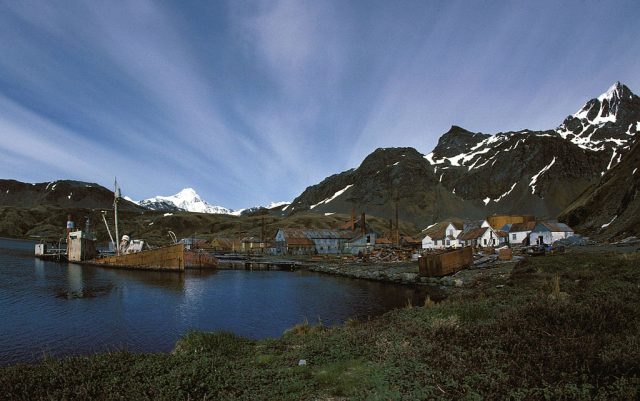

The climate on the islands is classified as polar. The weather is harsh with maximum temperatures of 32 °F (0 °C ) during the summer in January, and 46.4 °F (8 °C) during the winter in August.
But still, the fauna and flora on the islands are amazing. South Georgia is the place where a lot of albatross, macaroni penguins, and king penguins live along with terns, gulls, shags, petrels, and prions.
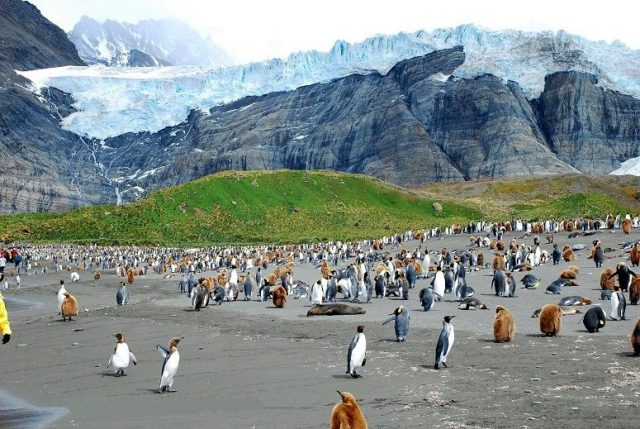
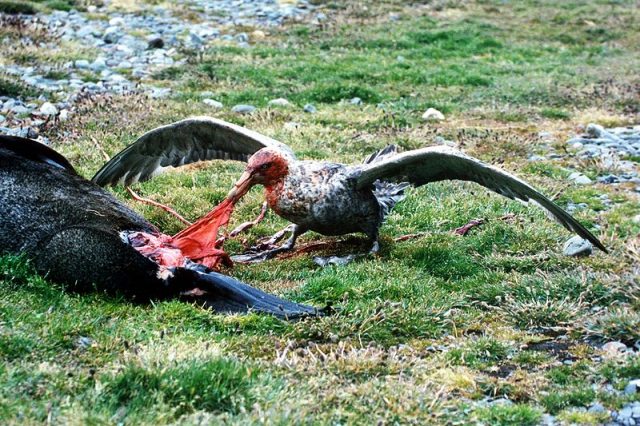
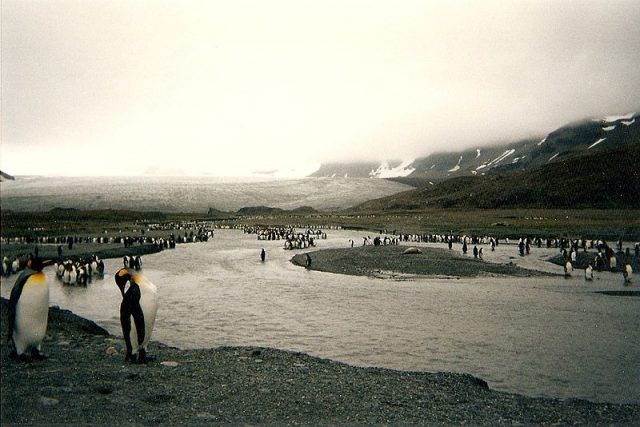
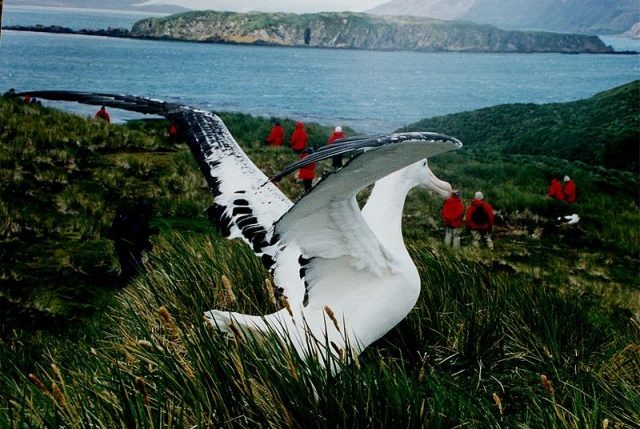
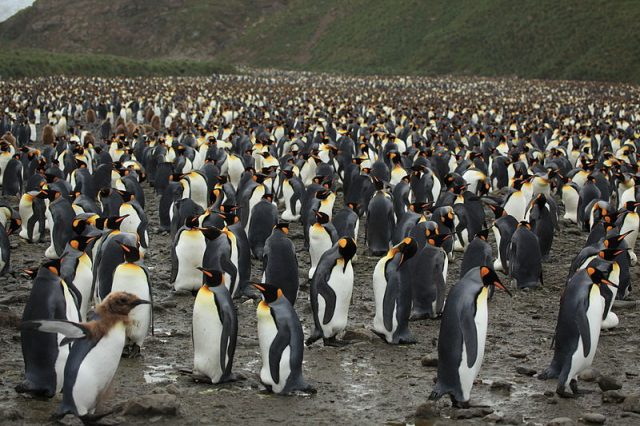
The islands are also a place where a lot of seals hang around, and from the shore, whales can be seen in the surrounding waters. There are also 26 species of vascular plant that are native to South Georgia. The largest plant on the island is Poa flabellata, a tussock grass which rises near the shore on steep slopes and raised beaches.
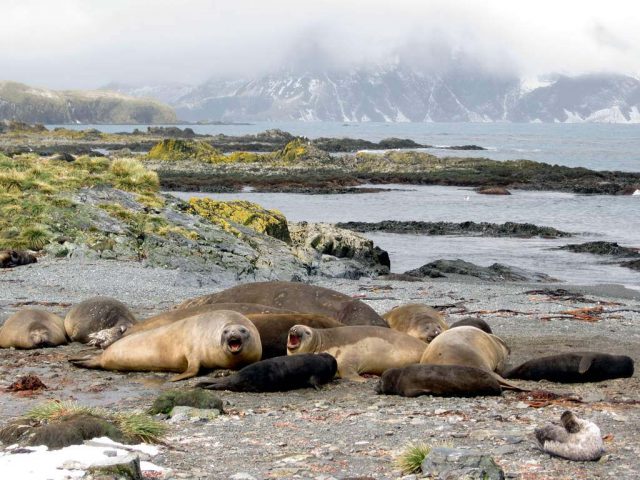
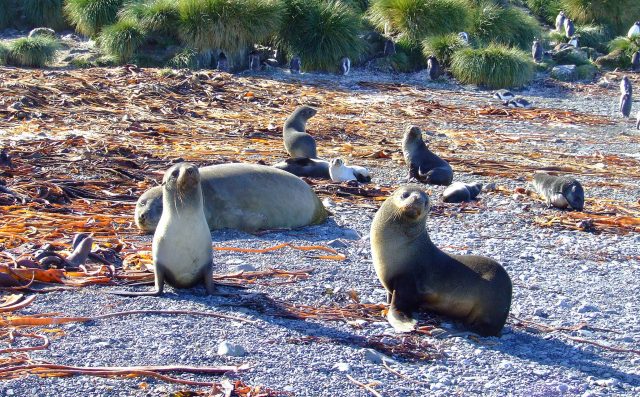
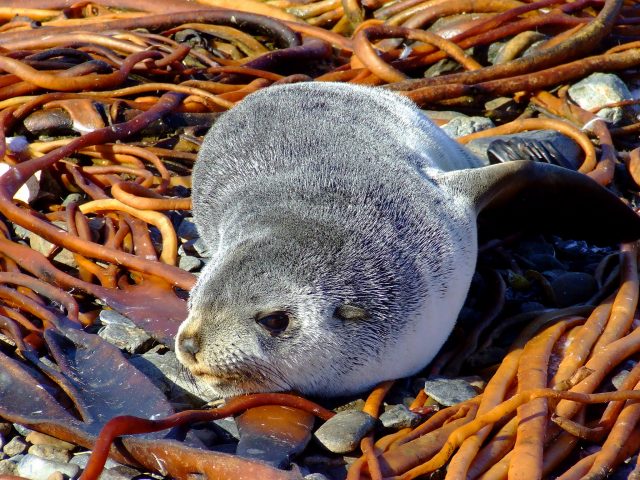
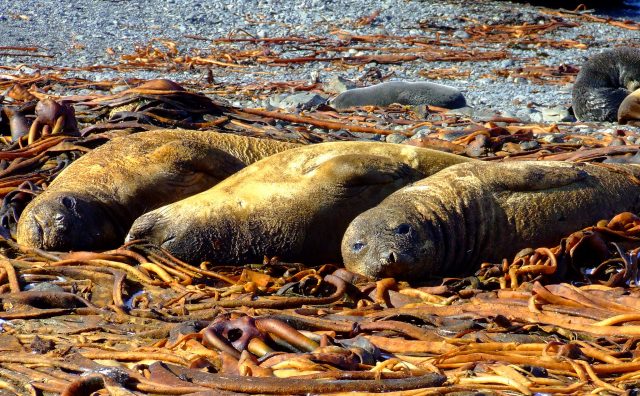
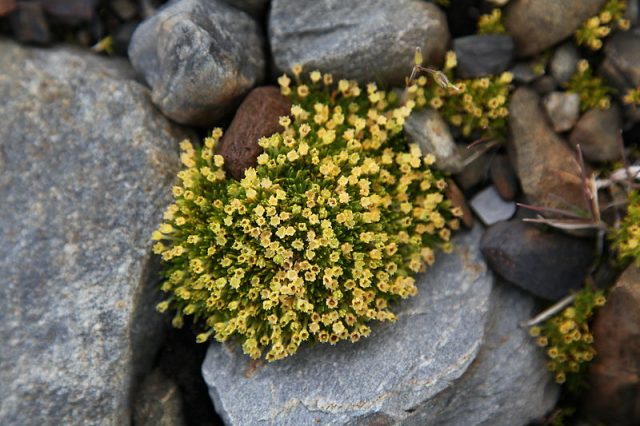
And yes, tourists are welcomed on these hostile islands. As a matter of fact, a significant source of the income at the islands in recent years comes from tourism.
So if you like secluded places and something a bit different the South Sandwich Islands should be on your list of places to visit.
But the trip can’t be done by plane, only by boat. There are many sailing yachts and cruise ships that visit the island, so it shouldn’t be hard to catch a lift on one.
If you have any comments then please drop us a message on our Outdoor Revival Facebook page
If you have a good story to tell or blog let us know about it on our FB page, we’re also happy for article or review submissions, we’d love to hear from you.
We live in a beautiful world, get out there and enjoy it.
Outdoor Revival – Reconnecting us all with the Outdoors





